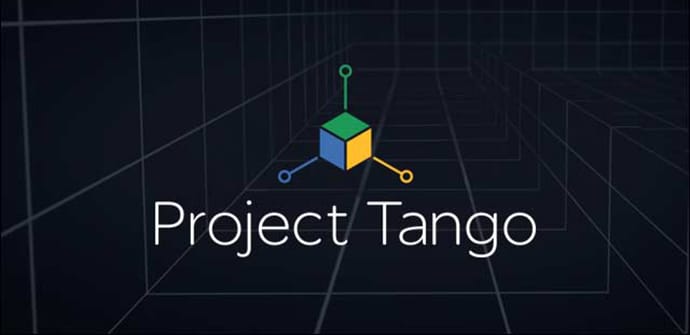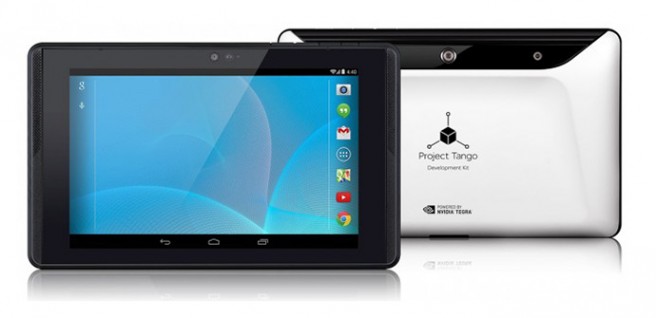
Last June, Google presented the Project TangoTablet Development Kit, a device that intended and intends to integrate three-dimensional technology into mobile devices. A few months ago, it seemed like one of the most promising projects the company was working on. Google ATAP division, one of those they kept after the sale of Motorola and which is also in charge of Project ARA. However, according to Jonny Lee, leader of the team in charge, the interest of the manufacturers has been minimal and now they depend on the video game sector to get to create a real product.
The prototype presented almost a year ago, it was a tablet with a screen 7 inches and resolution 1.920 x 1.200 pixels, processor Nvidia Tegra K1, 4 GB of RAM, 128 GB of internal memory, 4 megapixel main camera with ultra-pixel technology and a complete connectivity pack. What made it truly special is that it was endowed with multitude of depth and motion sensors capable of taking images in three dimensions with more than 250.000 measurements per second, which allowed to recreate from places, objects to people.
The objective of the project was ambitious, to bring the 3D technology of the mobile devices that we all use, to turn the tablet into a consumer product. However, they have run into a barrier that had stopped their advance in their tracks, the vague interest from manufacturers of devices by this technology. During the last Google I / O where they did a live demo, announced that LG it would be Google's first partner, but it is still the only alternative that is still alive.

This has been confirmed Johnny Lee, project leader, during his appearance at the Nvidia GPU Technology Conference, which has left other headlines. Lee, assures that the viability of the project to become a real product now passes through the interest of the companies that make up the video game sector. He carried out several demonstrations of how the prototype was able to recreate rooms and even parts of a city in a simple way, images that could later be used to create an immersive experience such as the construction of structures in Minecraft over the living room that would only be visible with the use of the tablet.
Something similar to what Microsoft promises with its HoloLens glasses. The video game sector has bet heavily on virtual reality, and there are already several important proposals: Sony's Morpheus, Samsung's Gear VR, Valve's Vive VR and HTC and Oculus Rift that since last year has been part of Facebook, among others. It could be a good way to redirect Project Tango and Google is already looking for deals with some developers.
Vía: TabletNews